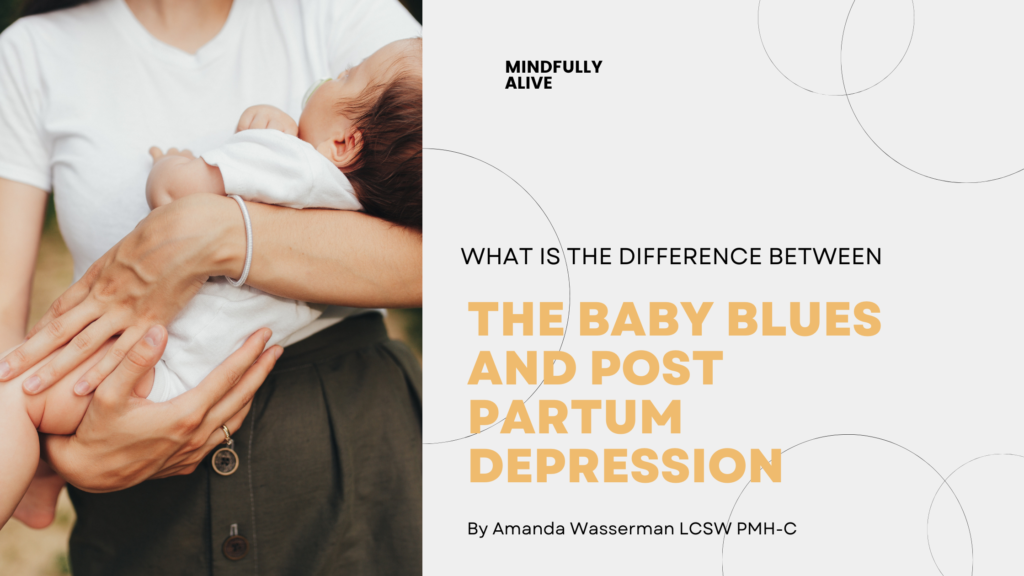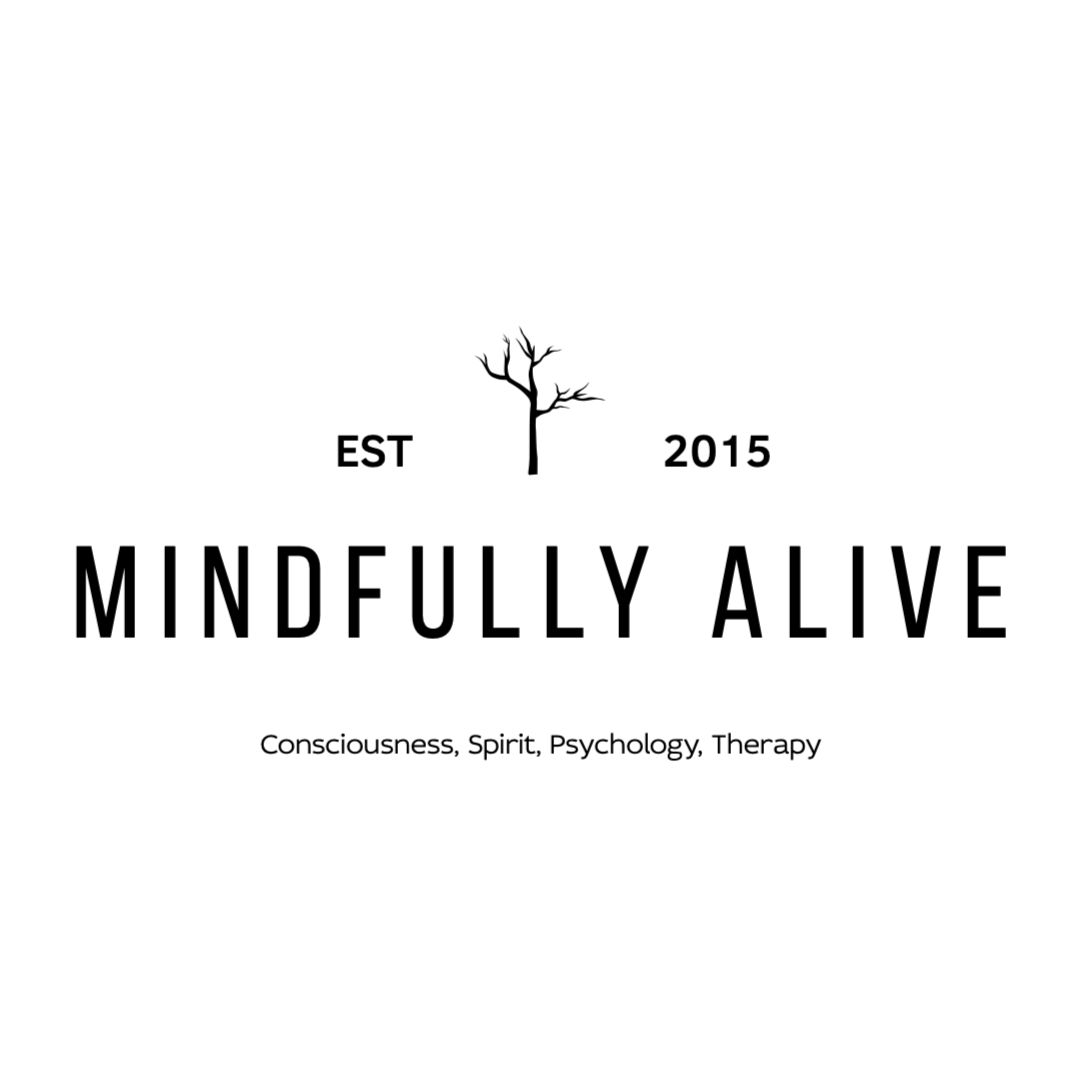
What is the Difference Between Baby Blues and Depression?
I just had a baby, so why do I feel sad?
Sometimes it can feel as though everything is happening so fast, and that everyone knows what they’re doing. It may feel intimidating and overwhelming to ask for clarification as a new mother. One of the most common concerns we hear from expectant and new mothers, is how do I know if I have postpartum depression and what are the baby blues?
As an expectant mother, you believe that becoming a mom will be a beautiful journey- or worth it as “they say”. We are made to believe that we’ll have a wonderful birth experience and that when we look at our child for the first time, we will feel an instant connection with our baby and forever be filled with love and happiness. That’s what we see in the movies right? But when the experience comes, you have a different experience than that. Immediately after the birth experience you begin crying, feel overwhelmed, sad, irritable, depleted and exhausted. Suddenly you panic! Are the doctors explaining what’s happening well enough? Should you be worried? You’ve heard of Postpartum Depression, and you’ve heard it can be debilitating. Is this what you have?
Here are some ways to understand the difference between baby blues and postpartum depression. Don’t worry, there isn’t a need to panic right away. In fact, it may be something that goes away within two weeks called the baby blues.
What are the Baby Blues?
Throughout your pregnancy, your body progressively produces more estrogen and progesterone to help your baby grow. By the end of your pregnancy, these hormones are very high. But suddenly, within the first day of giving birth, those hormones decrease rapidly, eventually getting to where they were before you conceived, which is about 100 times less than where your body was just 24 hours prior! This is an extremely rapid fluctuation!
This can cause a flood of emotions- like symptoms of PMS but much more intense. After birth, you may find yourself crying frequently, feeling irritable, having mood swings, and have difficulty sleeping. This is very common. So common in fact that 4 out 5 (or 80%) of women experience some form of this. The baby blues may begin 2 days after giving birth and peak 3-5 days after birth, lasting at a maximum of two weeks. These feelings get better without any treatment, as the body adjusts to the hormonal fluctuation.
What are Postpartum Mood Disorders (PPMD)?
One of the key differentiating factors between postpartum depression and the baby blues is timing. If it’s been two weeks since your baby was born, and you’re still feeling very down, you may be experiencing postpartum mood disorder. Postpartum mood disorder is treatable with therapy and/or medications. It’s also not very uncommon. About 1 out of 5 to 7 (or 21%) of women are diagnosed with a perinatal mood and anxiety disorder after giving birth. Perinatal mood and anxiety disorders include postpartum depression, postpartum anxiety, postpartum OCD, and postpartum bipolar disorder. These disorders typically last up to a year after giving birth. Again, it’s very manageable with psychotherapy as well as various psychotropic medications that are safe for breastfeeding.
What are the key factors in determining whether you have the baby blues or a perinatal mood and anxiety disorder (PMAD)?
- Timing
- As previously stated, the baby blues begin about 2 days after birth, usually peak 3-5 days after giving birth and subside within two weeks. PPMDs continue after 2 weeks of giving birth and can last up to a year.
- Self-esteem
- Do you feel that your self-esteem has decreased? Do you feel you aren’t doing a good job as a new mom? If so, it’s more likely a PMAD. If your self-esteem has stayed consistent with that of before pregnancy, it’s likely the baby blues.
- Sleep
- Does sleep help make you feel more energized, or do you still feel sluggish and depressed despite an adequate amount of sleep? If sleep is helpful in your mood, it’s likely the baby blues.
- Feelings of joy
- With the baby blues, you still experience happiness although you may find yourself crying frequently. With PMADs, you can lose interest or joy in activities that previously brought you happiness.
- Severity/Intensity
- The baby blues tend to be less severe whereas PMADs can range in severity.
Although the baby blues resolve on their own, there are various ways to make these feelings more manageable. This includes spending time and connecting with your partner, asking your family and friends for help with your baby, going for a walk and spending time in nature, eating a healthy diet, and trying to get as such sleep as possible. Having a baby brings upon a lot of change in your life, both practically and emotionally. Reaching out to a mental health provider can give you a safe space to process and share your experiences as a new mother, while also learning to navigate with the emotional ups and downs.



Be the first to reply